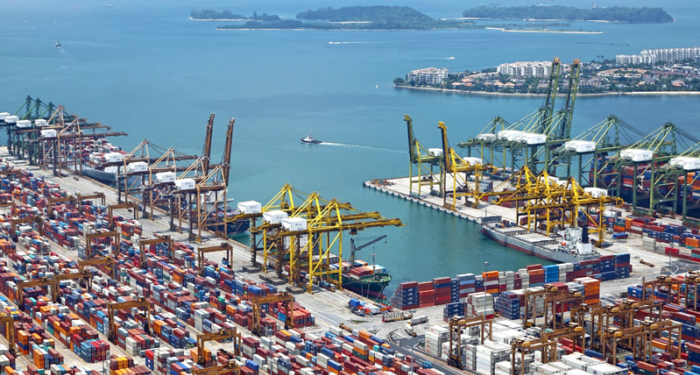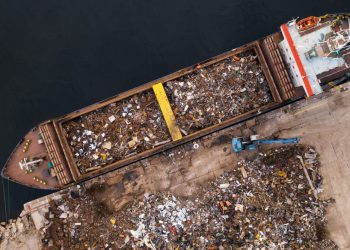The TEN-T guidelines review should not lead to a complete change of direction in the TEN-T policy, said the European Sea Ports Organisation (ESPO) in a new announcement as the European Commission is currently at the process of reviewing the 2013 TEN-T guidelines with a public consultation.
This follows another announcement by ESPO in September, stressing the need for the new TEN-T guidelines to recognize the role many seaports are playing in the field of energy and digitalization over their classical role as components of maritime transport infrastructure.
The rationale of the 2013 guidelines remains the same: achieving an efficient, sustainable and multimodal Transport Infrastructure Network in Europe.
ESPO however believes that the European Commission should use the review as an opportunity to level the playing field between the maritime and the land links.
More than 30 % of intra EU freight traffic is currently going over sea. The ongoing digitalisation, the progress on the internal market for maritime transport with the new European Single Window Environment framework and the greening of shipping, which seems to be delivering first on the short sea links, will give maritime transport within the EU, and even within one Member State, a new impetus. It is now time to fully recognise the contribution of maritime transport to the aims of Europe’s Transport Infrastructure policy. The maritime dimension must be brought on an equal footing with the land-based corridors and links,
…says ESPO’s Secretary General Isabelle Ryckbost.
More concretely, ESPO refers to the following discrepancies between the maritime and the land network:
- The TEN-T guidelines are currently only recognising maritime links between two Member States as TEN-T short sea links, the so-called Motorways of the Sea. The links between two ports within one Member State are not considered as Motorways of the Sea, whereas the TEN-T road or rail network is also recognising the national stretches as part of the TEN-T network.
- Even if seaports are in most cases situated on the territory of one Member State, they are a part of the maritime border of a country. Being the gateway for trade with other EU member states and third countries, maritime ports must be seen as cross-border entities or sections. Moreover, also in their hinterland, ports are serving a catchment area that largely exceeds the local or national borders.
The Public Consultation on the review will be followed by an evaluation study and other targeted consultations. The Commission proposal for a revision is planned for the first semester of 2021.































































